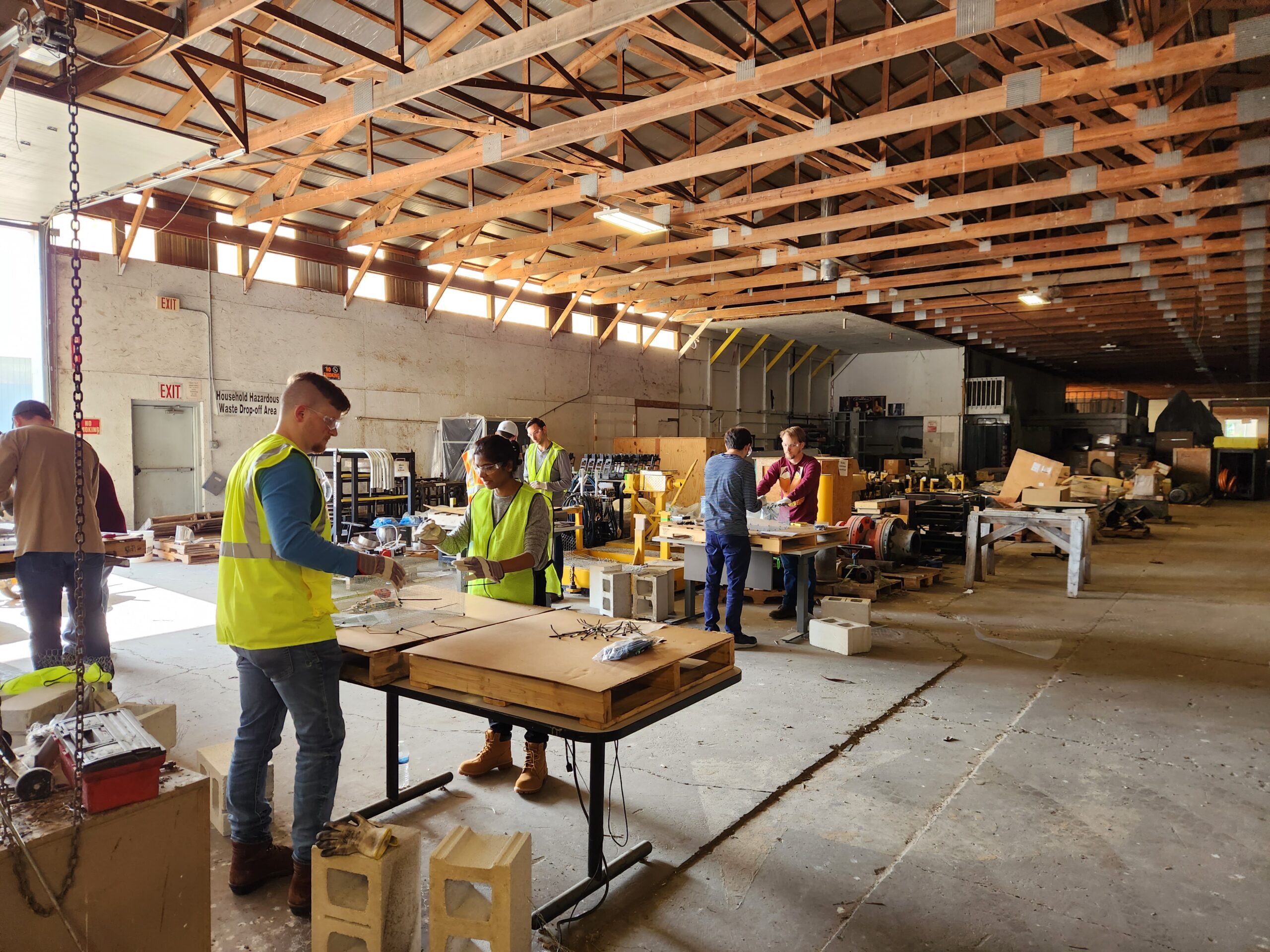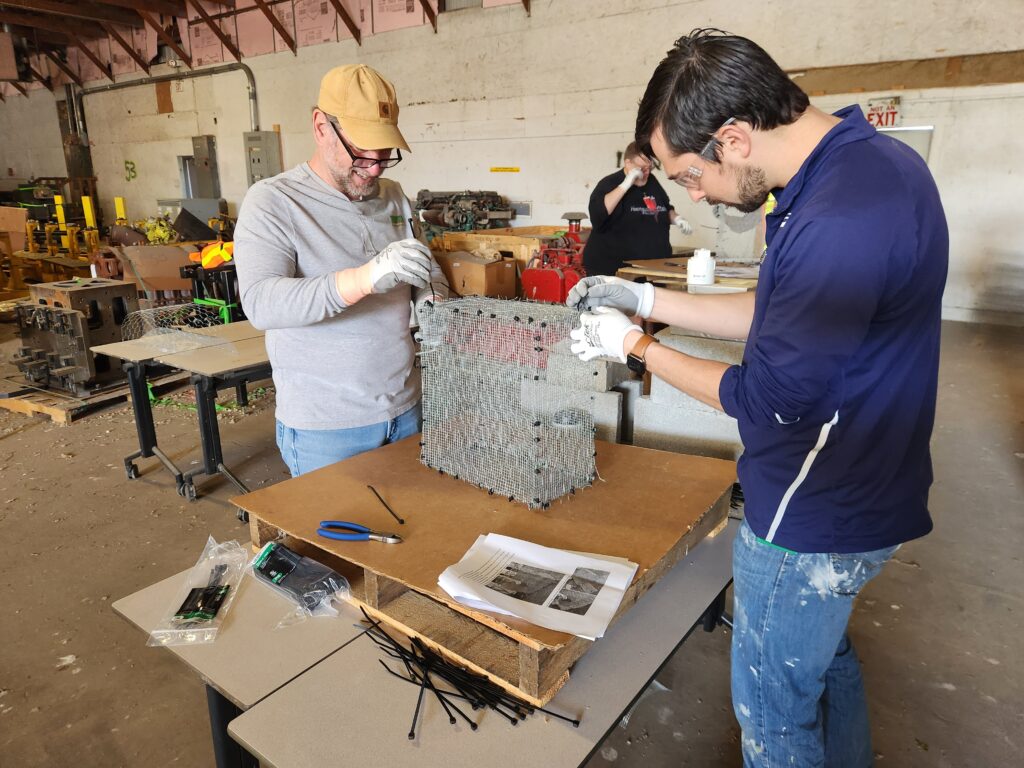Cummins Day of Caring and Helping the Hellbender
Nicholas G. Burgmeier and Purdue colleagues have worked with Cummins to help the hellbenders keep their home in Indiana’s Blue River.

Nicholas G. Burgmeier has been working with the eastern hellbender since 2007, around the same time he began attending graduate school at Purdue University. The eastern hellbender is an endangered species of giant salamander whose home in Indiana has been reduced to the Blue River.
The excess runoff of nutrients and sediment from farms into streams has significantly reduced the hellbender population in the United States. Indiana is one of the few states currently home to the hellbender. This species of salamander is sensitive to contaminants in the water due to the fact that they breathe through their skin. In fact, this is why the hellbender has been referred to as the “salamander in the stream” (a play on the phrase ‘canary in the coal mine’ by Purdue professor of herpetology Rod Williams). The salamander plays an important role in assessing the water quality of streams that contain runoff from local farms. In this case, agricultural runoff is excess water, which can contain sediment, nutrients, and harmful chemicals like pesticides that, due to irrigation, rain, or melted snow, make their way into rivers.
Burgmeier, Purdue colleagues, and Cummins are working together to help the hellbender. Through its Day of Caring program, and as part of a grant partnership with The Nature Conservancy to restore water resources and communities in the Mississippi River Basin, Cummins provided volunteers to create hellbender nesting boxes.
“If we can get a few nest boxes, it adds an important breeding habitat for hellbenders and makes it easier for us to find their eggs. ”
Nicholas G. Burgmeier
Cummins provided twenty-four employee volunteers to make eighteen nesting boxes. The nesting boxes help with providing additional breeding and nesting habitats for hellbenders. Burgmeier explains that without the nesting boxes, the process usually requires him to search under the water beneath rocks for males and their eggs. That process, he says, is very time-consuming; nesting boxes make it easier to monitor hellbenders and acquire eggs for rearing.

Burgmeier explains that the rearing process is necessary because it’s challenging for young hellbenders to find good homes in contaminated waters; they are much less resilient than their older counterparts. Once cared for and released, however, hellbenders can live to be over thirty years old.
Although Burgmeier has expressed concern for the future of the hellbender in the long term due to factors like climate change, there is some positive momentum in the short term. Next year the Purdue hellbender team plans to release around four-hundred hellbenders, a dramatic increase from this year’s thirty, with the number expected to continue to increase. They also received a grant from the Natural Resources Conservation Service focused on reducing runoff from farms in the Blue River Watershed.
To learn more about how you can help the hellbenders, visit Purdue’s Help the Hellbender webpage here. To learn more about the Cummins partnership, click here.
Source: Office of Engagement intern Adan Diaz.